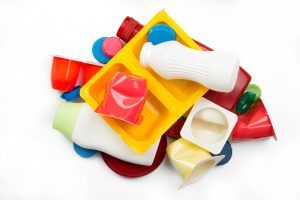 CalRecycle last week convened stakeholders to continue to discuss the possibility of requiring producers to play a role in the end-of-life management of packaging materials.
CalRecycle last week convened stakeholders to continue to discuss the possibility of requiring producers to play a role in the end-of-life management of packaging materials.

 CalRecycle last week convened stakeholders to continue to discuss the possibility of requiring producers to play a role in the end-of-life management of packaging materials.
CalRecycle last week convened stakeholders to continue to discuss the possibility of requiring producers to play a role in the end-of-life management of packaging materials.
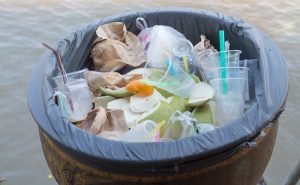 The Circular Economy Package adopted by the European Commission in March is receiving considerable attention among European plastics reclaimers.
The Circular Economy Package adopted by the European Commission in March is receiving considerable attention among European plastics reclaimers.
 The head of California’s recycling department will reject a stewardship group’s carpet recycling plan, putting at risk carpet sales in the state of 40 million people.
The head of California’s recycling department will reject a stewardship group’s carpet recycling plan, putting at risk carpet sales in the state of 40 million people.

Bob Peoples, executive director of the Carpet America Recovery Effort (CARE), speaks at the May 16 CalRecycle meeting.
A stewardship group has pledged to submit a new carpet collection and recycling plan to California regulators, as state officials this week detailed their plans for bringing the hammer down.
 Global carpet tile maker Interface plans to expand carpet collections in the U.S. so it can dramatically boost the amount of nylon it recycles. Continue Reading
Global carpet tile maker Interface plans to expand carpet collections in the U.S. so it can dramatically boost the amount of nylon it recycles. Continue Reading

A California bill mandating that carpet stewards achieve a 24 percent recycling rate continues to advance in the legislature. Meanwhile, carpet makers are sticking with their beleaguered stewardship group, instead of submitting alternative collection and recycling plans.
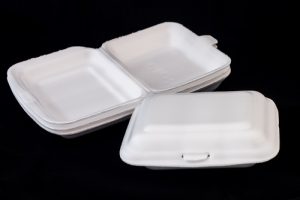 Restaurant owners and EPS industry stakeholders have sued New York City over its plans to ban foam polystyrene from use in food-service establishments. It’s the latest move in a deja vu cycle that has gone on for more than four years.
Restaurant owners and EPS industry stakeholders have sued New York City over its plans to ban foam polystyrene from use in food-service establishments. It’s the latest move in a deja vu cycle that has gone on for more than four years.
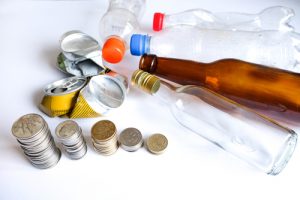 The world’s largest retailer underreported the number of containers it distributed over a three-year period in California, leading to $7.2 million in unpaid deposits to the state. The balance was paid in full late last year after it was revealed during an audit.
The world’s largest retailer underreported the number of containers it distributed over a three-year period in California, leading to $7.2 million in unpaid deposits to the state. The balance was paid in full late last year after it was revealed during an audit.
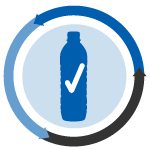 The U.S. Food and Drug Administration will allow recycled PET fiber to be used to make tea bags, fruit or meat packaging and more. It also gave the go-ahead to use recycled plastics in several types of thermoform packaging.
The U.S. Food and Drug Administration will allow recycled PET fiber to be used to make tea bags, fruit or meat packaging and more. It also gave the go-ahead to use recycled plastics in several types of thermoform packaging.
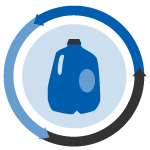
A major city bans straws and single-use plastic utensils, and plastic processing shoots for the stars with a new space-specific recycling technology.
